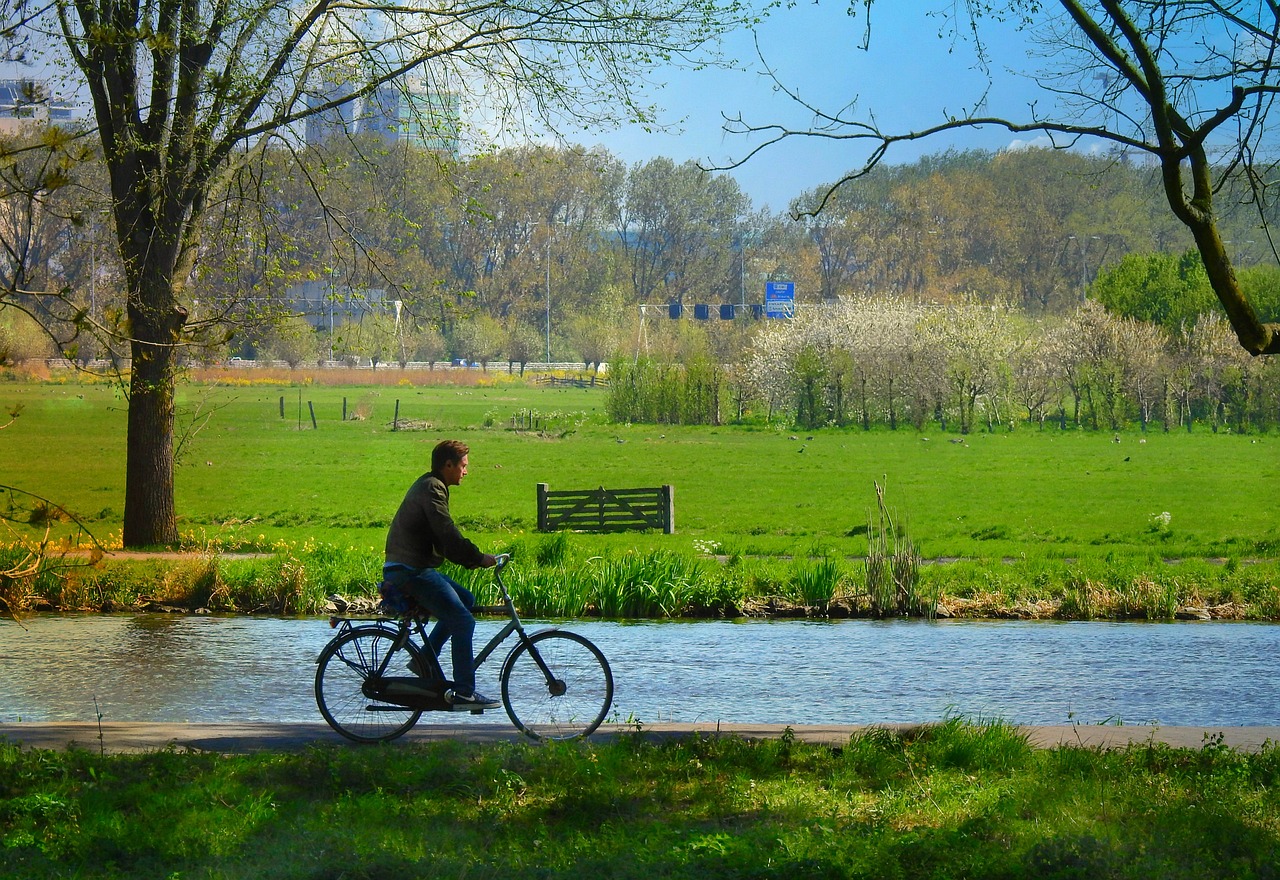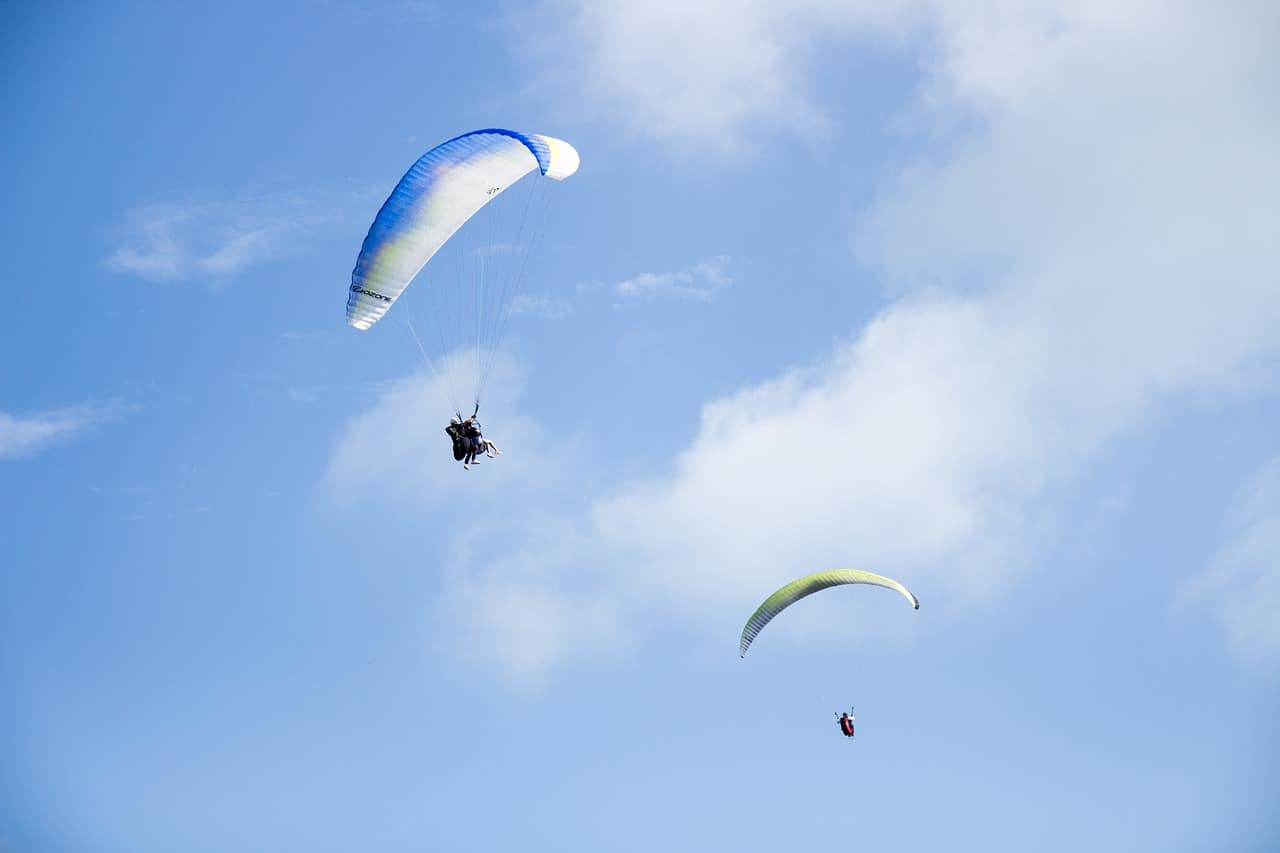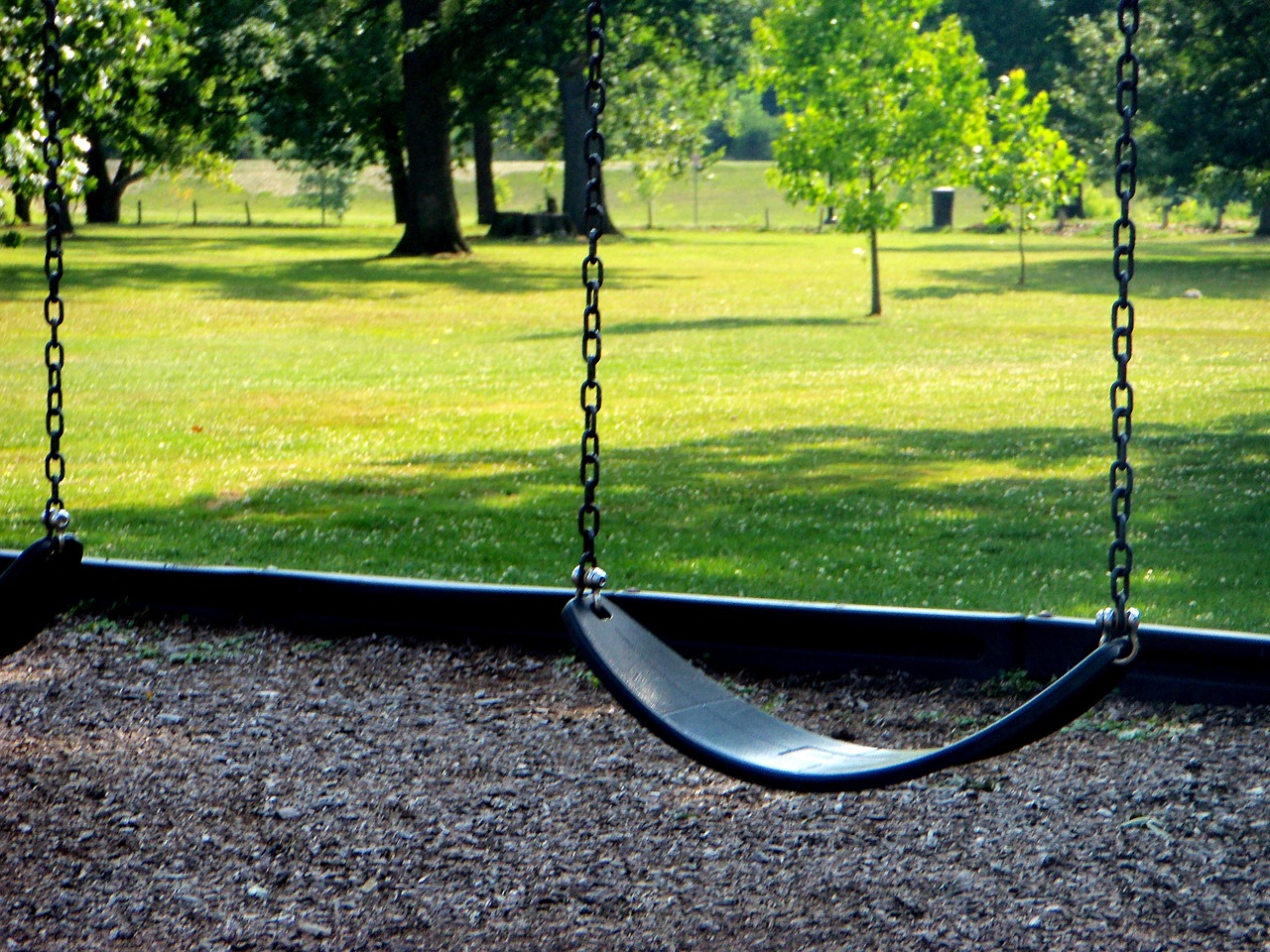Outdoor activities are an important part of a healthy lifestyle, offering physical, mental, and emotional benefits. They provide opportunities to connect with nature, reduce stress, and enhance overall well-being. However, for individuals with limited mobility, many outdoor activities can seem daunting or inaccessible. Thankfully, there are numerous outdoor activities tailored to people with different mobility levels that still allow them to enjoy the beauty of nature, stay active, and have fun.
In this article, we will explore a wide range of outdoor activities suitable for those with limited mobility. Whether you use a wheelchair, cane, walker, or have other mobility challenges, these activities can help you engage with the outdoors in a safe, enjoyable, and fulfilling way.

1. Wheelchair-Friendly Hiking Trails
Hiking is one of the most rewarding outdoor activities, offering scenic views and a sense of adventure. For those with limited mobility, wheelchair-accessible hiking trails provide an opportunity to explore nature without the need for rugged terrain.
Best Wheelchair-Friendly Hiking Trails:
- National Parks and Trails: Many national parks, including Yellowstone and Yosemite, offer paved or compacted gravel trails designed for wheelchair access. These paths allow individuals to enjoy stunning views of nature while being accessible to people with mobility challenges.
- Local Parks: Many local parks are equipped with accessible pathways, perfect for leisurely walks or exploring the park’s scenery. For example, San Diego’s Mission Bay Park and Chicago’s Lincoln Park both have flat, wheelchair-accessible trails.
- Botanical Gardens and Arboretums: Some botanical gardens and arboretums, such as Brooklyn Botanical Garden and Chicago Botanic Garden, have accessible paths for wheelchairs and provide a peaceful environment to appreciate nature’s beauty.
Benefits:
- Enjoying nature from a wheelchair is possible and rewarding, with paved or solid ground paths allowing for easy movement.
- Accessible hiking trails provide an excellent opportunity for fresh air, exercise, and a change of scenery.
2. Adaptive Biking
Cycling is an exhilarating outdoor activity, and adaptive bikes have made it possible for individuals with limited mobility to experience the thrill of biking. Adaptive bikes come in a variety of designs to accommodate different mobility needs, from handcycles to tandem bikes.
Types of Adaptive Bikes:
- Handcycles: These bikes are powered by the arms rather than the legs, making them a great option for individuals with lower-body mobility challenges.
- Recumbent Bikes: A comfortable option for those with limited mobility in the lower extremities, recumbent bikes offer a reclining position with pedals in front of the rider.
- Tandem Bikes: For people who need additional support, tandem bikes are a great choice. They allow one rider to pedal while a partner or caregiver helps with steering or pedaling.
- Tricycles: Some tricycles have been adapted for individuals with limited mobility, providing additional stability and comfort for riders who may need extra support.
Where to Try Adaptive Biking:
- Many cities offer adaptive biking programs and bike-sharing services that cater to people with disabilities, such as Bike MS Adaptive Cycling events or adaptive bike rentals at local parks.
- Specialized outdoor centers, like The Ability Center in Ohio, provide adaptive bike rentals and guided cycling tours for people with limited mobility.
Benefits:
- Adaptive biking offers a cardiovascular workout that promotes strength and endurance.
- Riding with the wind in your hair and taking in the views helps to improve mental well-being and provides a sense of freedom.
3. Fishing from a Dock or Shore
Fishing is a peaceful outdoor activity that can be easily adapted for people with limited mobility. Many lakes, rivers, and ponds have accessible fishing docks or shorelines where individuals can enjoy the sport of fishing in a comfortable and safe manner.
How to Adapt Fishing:
- Fishing Docks: Many public parks and nature reserves now offer accessible fishing docks with ramps and sturdy railings, allowing individuals in wheelchairs or with limited mobility to fish without worrying about accessibility.
- Shoreline Fishing: For those who prefer shoreline fishing, finding an area with a gentle slope or a paved path leading to the water can make fishing from the shore more accessible.
- Equipment: There are specialized fishing gear and tools, such as rod holders, that can make fishing easier for those with limited mobility. Consider using longer fishing rods or a fishing chair with adjustable armrests for added comfort.
Best Places to Fish:
- National and State Parks: Many parks, including Great Smoky Mountains National Park and Lake Arrowhead State Park in Texas, feature accessible fishing areas.
- Local Lakes and Rivers: Research local parks and recreational areas in your community for accessible fishing spots.
Benefits:
- Fishing provides a sense of tranquility and connection to nature while being a low-impact activity.
- It’s a social activity that can be enjoyed with family and friends, offering a chance to bond while enjoying the outdoors.
4. Birdwatching
Birdwatching is an incredibly rewarding outdoor activity that doesn’t require strenuous physical effort. People with limited mobility can enjoy birdwatching from the comfort of a chair or while seated at a scenic overlook.
Tips for Accessible Birdwatching:
- Wheelchair-Friendly Observation Areas: Many parks and wildlife reserves offer wheelchair-accessible birdwatching platforms and benches where visitors can observe birds in their natural habitats.
- Guided Birdwatching Tours: Many organizations and nature reserves offer guided birdwatching tours that cater to people with disabilities. These tours often include accessible paths and knowledgeable guides who can help spot and identify different species.
- At-Home Birdwatching: If traveling to a nature reserve is difficult, birdwatching can also be done from home by setting up a bird feeder or binoculars in the yard or a balcony.
Popular Birdwatching Locations:
- San Juan Islands in Washington: Known for its diverse bird species, this region offers accessible birdwatching tours and observation points.
- Everglades National Park: The Everglades offers accessible boardwalks and platforms where visitors can watch an array of native birds, including herons, egrets, and pelicans.
Benefits:
- Birdwatching encourages mindfulness, patience, and relaxation, making it an excellent activity for people looking for a calm outdoor experience.
- It provides a sense of accomplishment as you spot new species and learn about local wildlife.
5. Accessible Nature Programs and Outdoor Classes
For those who want to learn more about the environment, animals, or specific outdoor activities, many parks and nature reserves offer programs and classes that are tailored to individuals with limited mobility. These programs allow people to enjoy the outdoors while expanding their knowledge and skills.
Accessible Nature Programs:
- Adaptive Recreation Programs: Many parks and recreation departments offer adaptive outdoor programs for people with disabilities. These might include activities like adaptive hiking, nature walks, or even nature crafts.
- Outdoor Classes for Beginners: Local outdoor organizations often offer beginner-level classes, such as photography, wildlife observation, or gardening. These programs are often designed to be accessible for people with various physical abilities.
- Nature Therapy Programs: Some areas offer nature therapy or eco-therapy programs, which involve guided walks or activities that promote mental and emotional health while connecting with nature.
Benefits:
- Outdoor programs provide education and social interaction, helping people connect with others who share similar interests.
- Nature programs and therapy sessions have been shown to improve mental health, reduce stress, and increase a sense of well-being.
6. Picnicking and Outdoor Dining
For individuals who enjoy a more relaxed outdoor experience, picnicking is a fantastic option. Parks and outdoor spaces often have designated picnic areas with accessible tables, benches, and paved paths, making it easier for individuals with limited mobility to enjoy a meal outdoors.
Tips for a Successful Picnic:
- Accessible Picnic Areas: Many national and state parks provide picnic areas with wheelchair-accessible tables and shelters. Look for parks with paved paths leading to these areas for easy access.
- Portable Equipment: Consider using a picnic blanket, portable chair, or folding table to create a comfortable outdoor dining experience, whether at the park or a scenic spot.
- Simple and Relaxing: Pack easy-to-eat food, such as sandwiches, fruits, and snacks, for a low-maintenance picnic that can be enjoyed with friends or family.
Benefits:
- Picnicking in nature is a wonderful way to spend time outdoors without needing to exert much physical effort.
- It allows individuals to socialize and enjoy a leisurely meal while surrounded by the calming sights and sounds of nature.
Conclusion: Embracing the Outdoors
Outdoor activities for individuals with limited mobility are more abundant than ever before, thanks to increasing accessibility and adaptive technologies. Whether it’s hiking on wheelchair-accessible trails, enjoying the peace of birdwatching, or spending time fishing by a serene lake, there are countless ways to embrace nature and enjoy the outdoors. These activities help people with mobility challenges lead an active, healthy lifestyle while fostering a deeper connection with the natural world.
By finding the right activities that suit your needs and preferences, you can experience the joy, freedom, and relaxation that outdoor adventures bring, no matter your mobility level.






